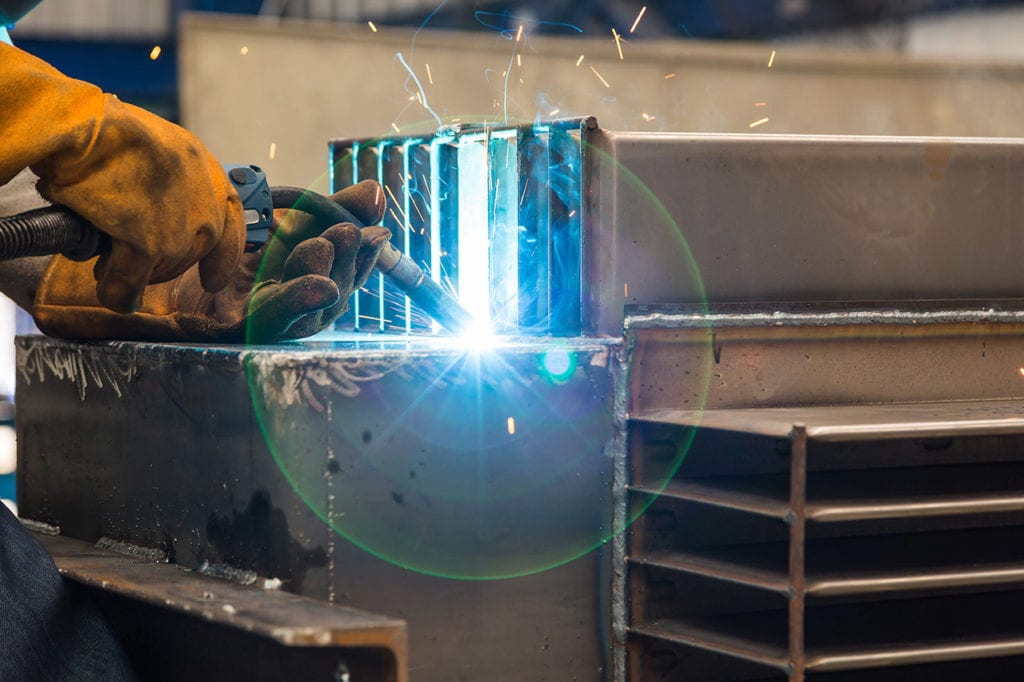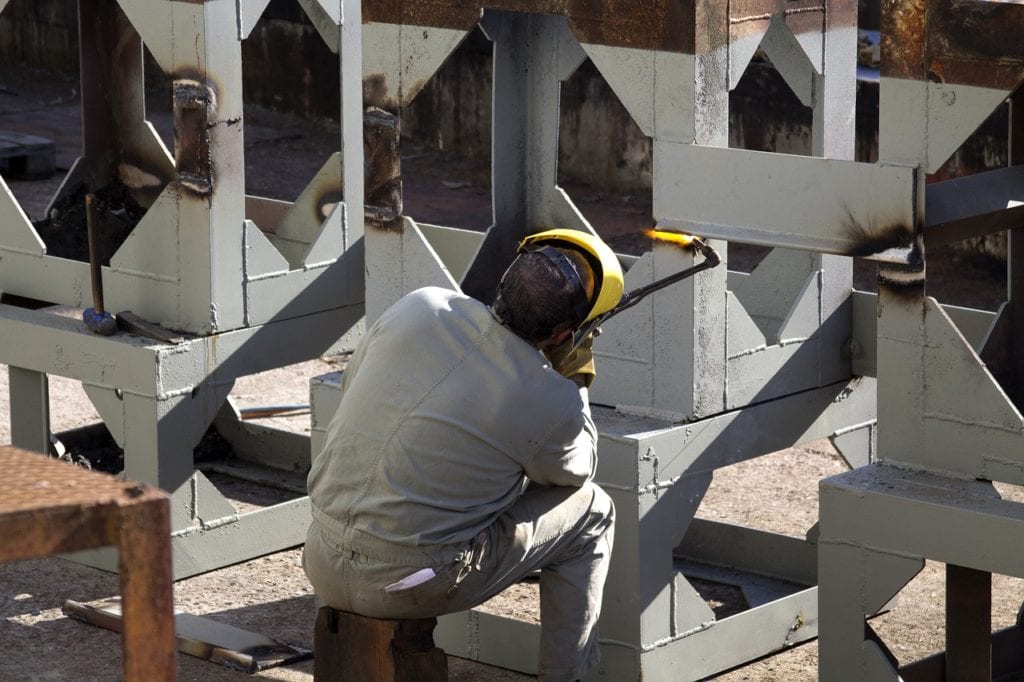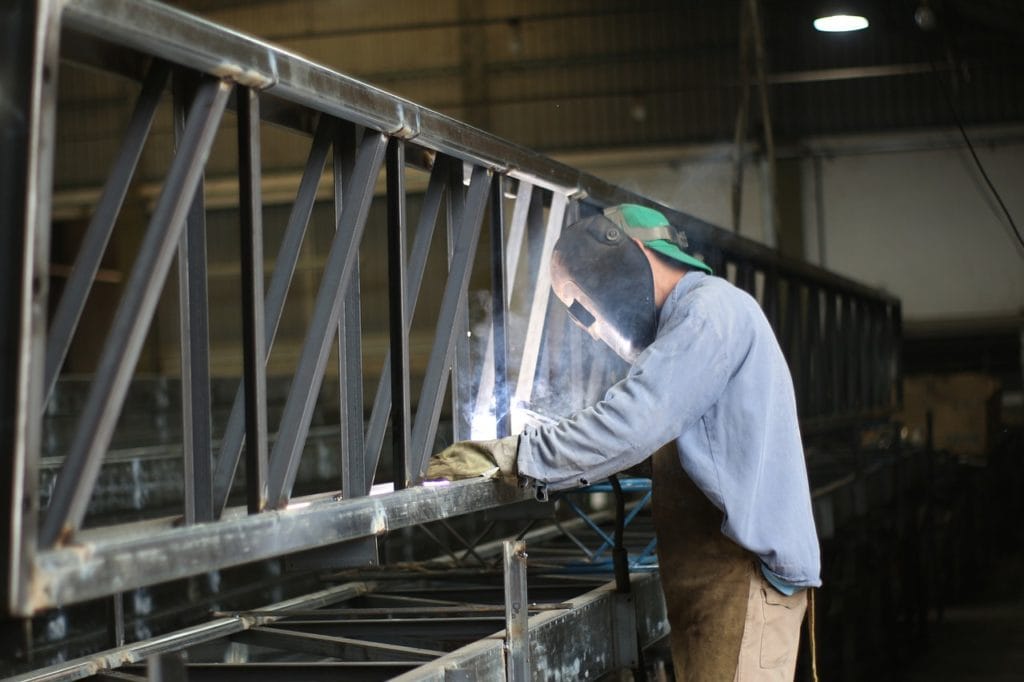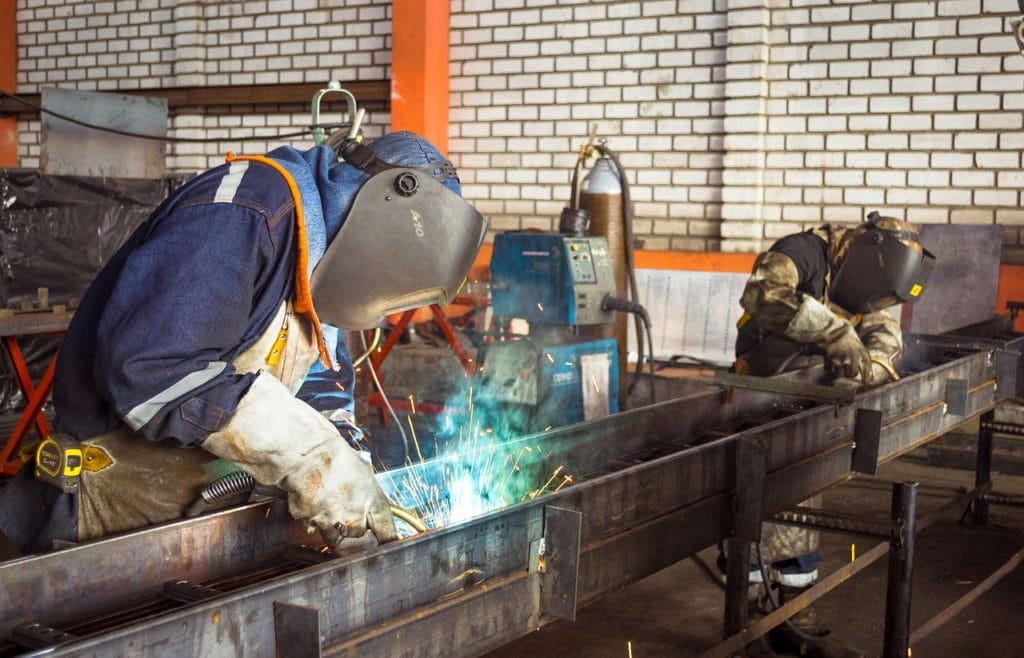How to Price Your Welding Jobs – Updated in 2025
Last Updated on

Welding is a useful, hands-on occupation in the building, infrastructure development, and pipe-making industries. Welders may get projects from government entities, private homeowners, or corporations. New welders frequently have trouble with how to price their welding tasks. After all, all projects are different and depend on several factors.
The quick answer is that your pricing should cover two elements. First, it has to cover all the necessary costs you’ll encounter on the project, like wear and tear of the welding gear, transportation, fuel, and more.
Additionally, you should add the rate per hour for your services. For new welders, $15–$20 per hour is the average. Lower pricing is great if you’re just beginning and need experience.
Once you have a few years of experience, you can begin charging between $20-$30 per hour. As you advance in years of experience, the rate rises.
Here are several steps to take when pricing your welding tasks.
Pricing Your Welding Tasks: Steps to Take
Determine the Project’s Size and Scope
If you have a large project, it could be hard to determine the exact number of hours. You might want to calculate your cost in days.
Larger, on-site projects usually pay handsomely. They offer an assured income for a couple of days and ensure that you’re busy. Due to this, you should target them. Also, you can negotiate to lower your general estimate of the cost.

Amount of Supplies Needed
The highest costs in welding projects are materials. They often cost more as compared to labor itself and are an important factor when you price your welding jobs.
When it comes to buying materials, many clients choose to leave them to professionals. As an expert welder, they depend on you to purchase sufficient material that completes the job, but not in excess such that it ends up as waste.
Billing the price directly to the client for payment is a common practice for welding supplies. It saves you the hassle of paying for anything and ensures everything is clear for the benefit of the client. If you consent to incur the materials’ cost for the entire project, add them to your total bill.
Cast iron, aluminum, and stainless steel are the most commonly used metals. Usually, stainless steel is the most inexpensive choice. With stainless steel, you can construct premium quality, rust-proof structures. Aluminum and cast iron cost more and can make the general cost of the project sky-rocket.
- See also: How to Fix Cast Iron Without Welding
Therefore, ensure that you create a budget for your welding job depending on what will be suitable for the project. The other materials you’ll require are anodes for the arc and wires. You may require more or less of these materials based on the project size.
Finally, you also require protective gas tanks for the arc and weld. Ensure that you’ve included them in the total cost as they can be an additional cost.

Fixed Overhead Costs
When pricing your welding jobs, fixed costs are used irrespective of the type of your project. Most new welders tend to disregard fixed costs when computing. It leads to incorrect pricing for distinct tasks.
To begin with, let’s comprehend overhead costs. If you’re operating as an autonomous welding contractor, you should have leased an edifice as a workshop. You should have a yearly license to operate as a welder and have liability and health insurance.
Perhaps you have utilities and also pay for your home’s security system. In the process, your welding gear gets used, which leads to wear and tear. All these costs, comprising insurance, security, licensing, utilities, rent, and gear devaluation, are overhead costs.
Irrespective of whether you have one project or one hundred, you have to pay for them. Many new welders disregard this cost and don’t take them into account. You should pay overhead costs out of the total earning.
Allocating overhead costs to every project takes time and is somewhat intricate. You must have a mediocre understanding of accounting tenets and the costs of the activities.
Nonetheless, if you use the method, your projects will take a portion of your overhead costs. Therefore, your pricing plans will determine your actual expenditure.

Your Productivity and Experience
New welders are in the procedure of gaining experience and learning the trade so price their welding jobs at a lower rate. It’s more about frequently working to enhance expertise with distinct types of projects and welding approaches. Also, they appear to be gradual and don’t have the skills needed.
For this reason, many new welders are consenting to work at lower rates. In comparison, seasoned welders will do more work simultaneously like new expert welders. Their charges are high because they’re more productive and complete welds with more exactness.
Final Thoughts
How you price welding jobs depends on your experience, the amount of work you can get, and your locality. Although many welders prefer joining a union for constant work, other welders prefer to do their own thing.
If you would like to join the trade but want to operate your service, you need to know how to price for welding tasks. This way, you won’t end up confounded.
